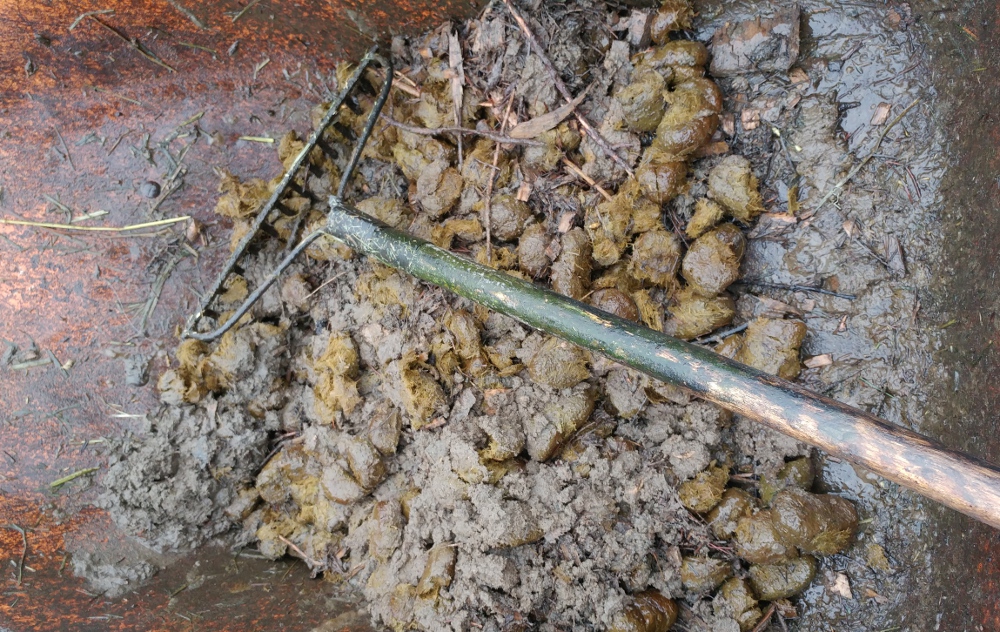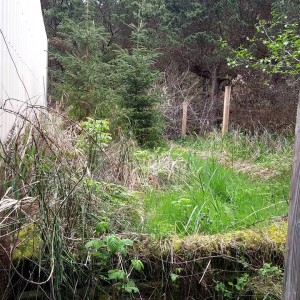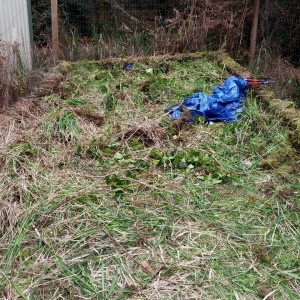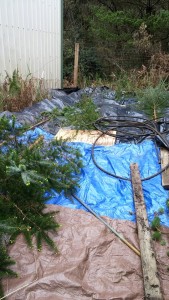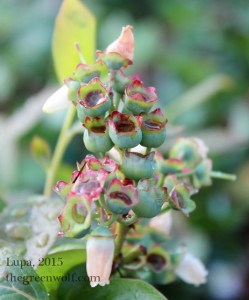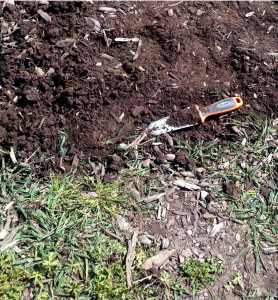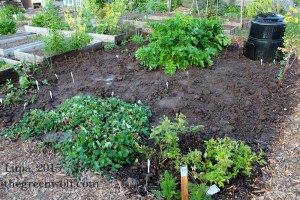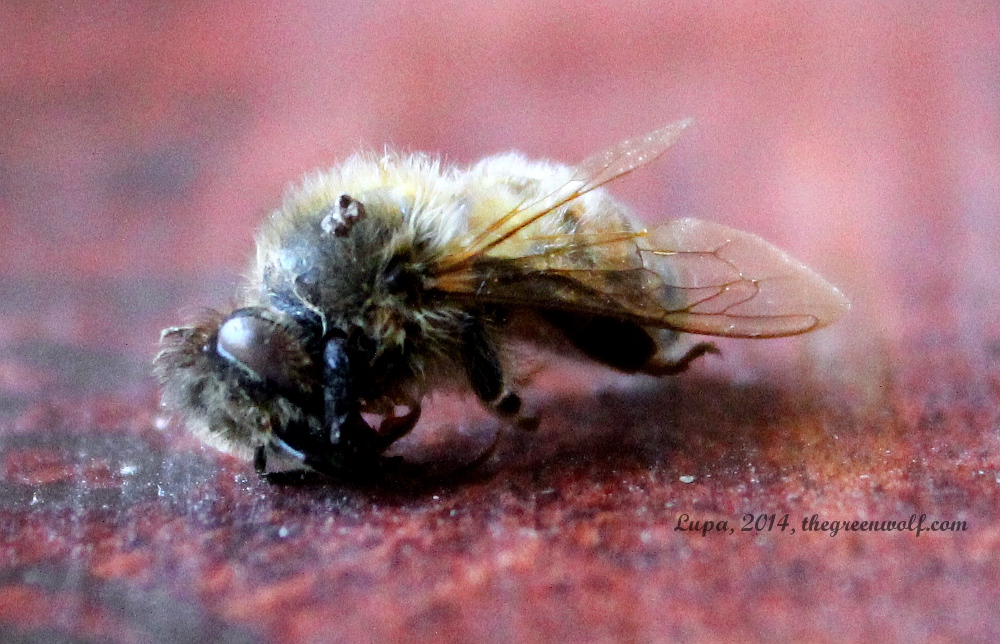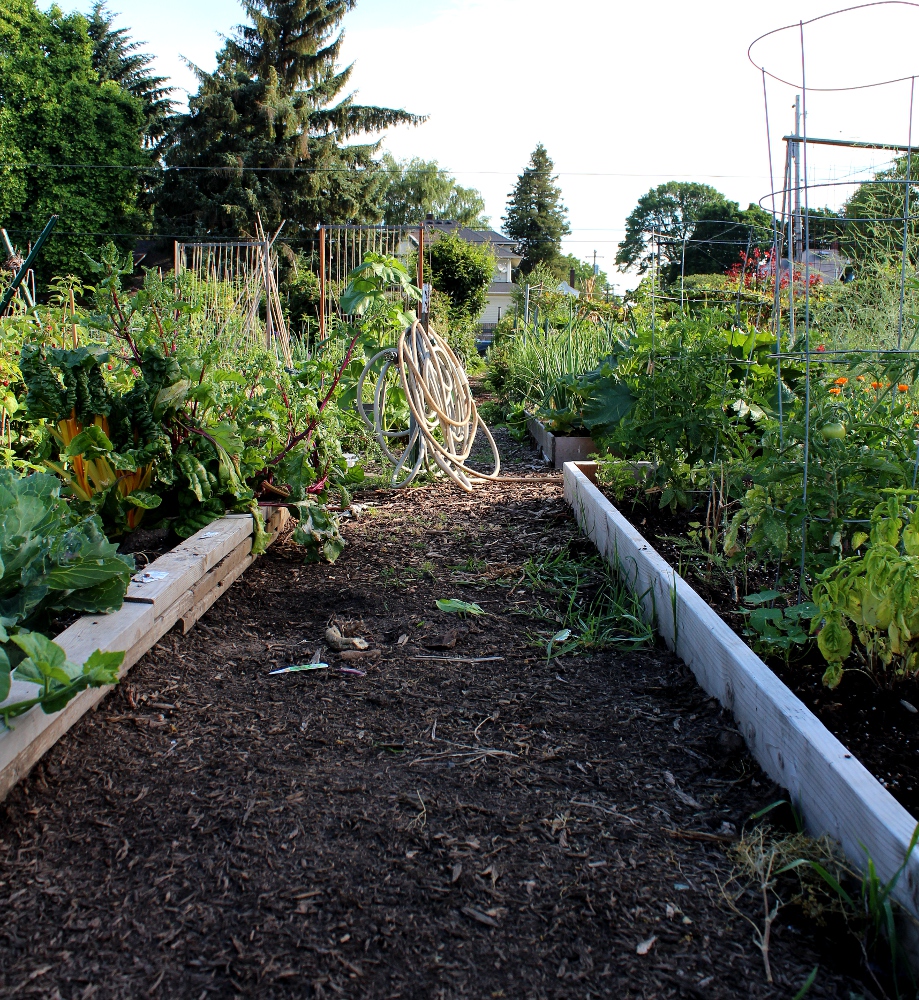Note: This was first published on No Unsacred Place around 2012-ish, which went defunct a few years ago (RIP–it was a good site). Then it was on Paths Through the Forests, but I split from Patheos a couple of years ago due to philosophical differences with their new ownership. As they have not honored my request to have my writing taken down, and I don’t want to direct more traffic to them, I am slowly reproducing my work from there here. That way if I want to share this post with someone it will come from my site and not theirs. Please help me by sharing this link around–thank you!
Late Autumn is a very special time for me. Yes, Samhain has come and gone, and the air gets colder, and it’s time to toss extra blankets on the bed. But what really gets me excited is green tomato soup.
I am an urban gardener. Sadly, I am not fortunate enough to be able to rent, let alone own, a house here in the middle of Portland. But I don’t need to in order to grow things. Since I moved here, I have put in a small vegetable garden every year, no matter where I’ve lived. This year was the most challenging, since all I had was a small porch, about thirty inches by six feet. But I stuffed it with containers of herbs and carrots—and tomatoes.
Tomatoes are the ultimate example to me of locavorism and why it’s important. Like most Americans, I grew up with grocery stores that had all kinds of produce year-round, even in the dead of a Midwestern winter. I didn’t really have a sense of seasons; I just knew that there were some parts of the year where the watermelons didn’t taste quite as good.
It wasn’t until I read Barbara Kingsolver’s Animal, Vegetable, Miracle: A Year of Food Life that it really hit me that food wasn’t always available all the time. I mean, I knew on some level, but when you grow up in a nation where you can get bananas any time of year, you’re in great danger of forgetting where food comes from. This problem is compounded even further when more and more families, due to finances, time restrictions, and even basic accessibility, favor pre-packaged, overly processed “food products” over fresh fruits and veggies and other base ingredients. Farmers may as well as be an alien species for all that many people here are concerned.
And it’s getting worse. I am 33 years old; I grew up in a small Midwestern town, in a household where good food was thankfully abundant. My grandmother and mother both gardened, and salads were common fare. I also grew up around a lot of farms, so I was aware of what cows, pigs and other livestock looked like.
Contrast that with this video from Jamie Oliver’s Food Revolution, where school children from just a year or so ago have trouble identifying tomatoes, among others. (Okay, I would have had trouble with eggplant, too, but tomatoes?)
So I suppose that as I got older and got involved in more sustainability geekery, I saw myself as trying to turn the tide, and maybe balance out some of that lack of understanding and exposure. I started my own garden in every apartment I moved into once I hit the Pacific Northwest in 2006. I learned to use a pressure canner. I tried more recipes from scratch. And I always had tomatoes.
Which is rather odd, since I used to HATE them. Some of it was age, since our tastes literally can shift over time. But until, as an adult, I tried a fresh tomato straight out of my garden after years of only having access to mealy, watery things in the store and restaurants, I was hooked. I’d planted the vines so I could make pizza sauce from scratch, but fresh tomatoes became a favorite snack. And once the weather got too cold and the sun too far south for the tomatoes to ripen (I never got the paper bag and banana trick to work), I made green tomato soup from the last survivors on the vines.This year, there was only one small pot of soup since my little balcony garden didn’t produce very much. But my partner, S., and I had been looking forward to it for the entire year before. The idea for this post came as we were supping on that one single meal, enjoying a rare treat.
That one pot of soup was extra special this year for its scarcity, and each step of creating it was sacred. From the moment I picked the last tomatoes from the vines I’d tended since March, to slicing them up and adding them to the mix, and then taking them into my body to become a part of me–the entire process was a ritual in and of itself, even if no spirits were formally invoked. For that time, I felt myself to be immersed in cycles that I all too often still ignore, an altered state of awareness that, to our species, was not so long ago the norm.
For now, tomatoes are the main reminder to me of the seasonal nature of foods. I’m still admittedly pretty spoiled for choices, and I don’t buy in season as much as I really ought to. I get really busy with work and such, and when it comes time to go to the store I just want to get through there as quickly as I can so I can get back home to whatever writing or art project I’m working on. And it’s really telling, when even someone who’s conscientious of her actions and choices can still slide into these old behaviors.
As an urban pagan, I face the challenges of observing a nature-based and cyclical spiritual path in an environment that often promotes being numbed to those influences. If we are going to make nature-based spirituality relevant to city dwellers as well as more rural people, then we need to not only utilize the tools of agrarian people from long ago, but to accept that we need solutions for a variety of human-created environments and societies and cultures.
As we slide toward Thanksgiving, a lot of my food-based thoughts are on how to maximize things like leftovers to help my household get through the winter. But I am going to do more research to remind myself of what truly is in season right now, and start to alter my grocery habits to reflect that more as much as I’m able. And perhaps more food will become sacred rituals cycling throughout the year, a reminder of the reasons for the seasons.
Did you like this post? Help me keep writing by buying one of my books, some of my artwork, or becoming my Patron on Patreon!


